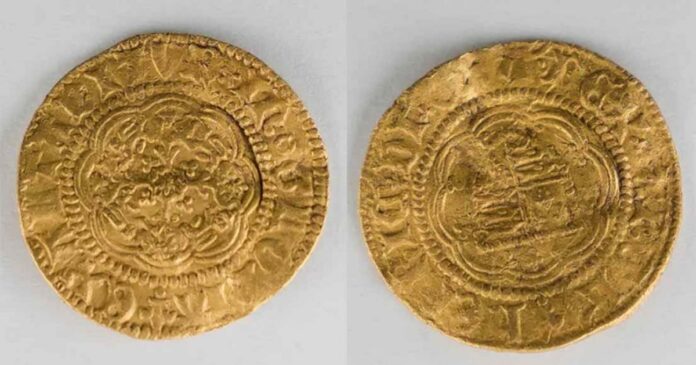A recent discovery in Newfoundland has the potential to upend the established history of North America’s discovery. A gold coin unearthed by an amateur historian could rewrite history by suggesting that Europeans were present in Newfoundland earlier than previously thought. This discovery has sparked significant debate among historians and archaeologists, as it challenges the mainstream narrative of European exploration in North America.
A Revolutionary Discovery
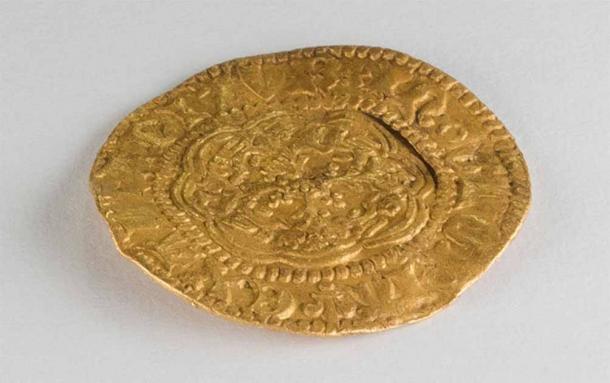
This week, the Government of Newfoundland and Labrador announced that a controversial gold coin was found this summer by Edward Hynes, a local amateur historian. Celebrated as the oldest English coin ever discovered in Canada, this quarter noble was minted in London between 1422 AD and 1427 AD, during the reign of King Henry VI. At the time, it was valued at one shilling and eight pence, equivalent to around $81 today.
The coin’s discontinuation around 1470 AD makes its discovery on a Canadian beach a historical enigma. Could this medieval coin be the evidence needed to prove European presence in North America earlier than currently believed?
The Big North American Discovery Question
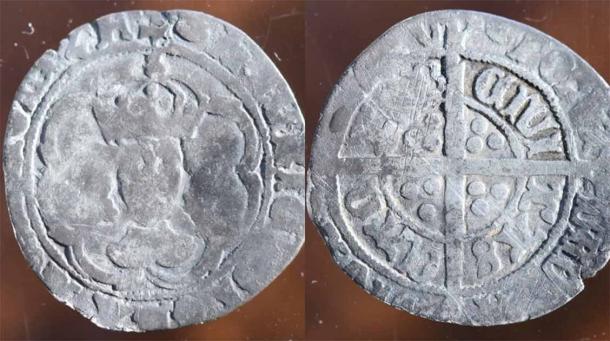
Medieval Icelandic sagas recount that Leif Erikson rediscovered North America in 1001 AD, but these accounts were often dismissed as mythological. This perspective changed dramatically in 1978 when archaeologists uncovered an 11th-century Norse settlement at L’Anse aux Meadows in Canada. According to accepted history, the next known European arrival in Newfoundland was in 1497 AD, when Italian navigator John Cabot is credited with rediscovering the region. However, the newly discovered medieval gold coin predates Cabot’s voyage by 70 years.
Jamie Brake, a Canadian Provincial archaeologist, highlighted the significance of this discovery to CBC News. According to the accepted historical narrative, people in England were not aware of Newfoundland or North America at the time the coin was minted, making the find incredibly exciting. Evidence of a pre-16th-century occupation of the New World would be groundbreaking and necessitate a rewriting of history, potentially diminishing John Cabot’s role and introducing a new origin story.
The Oldest English Medieval Coin Uncovered in Canada
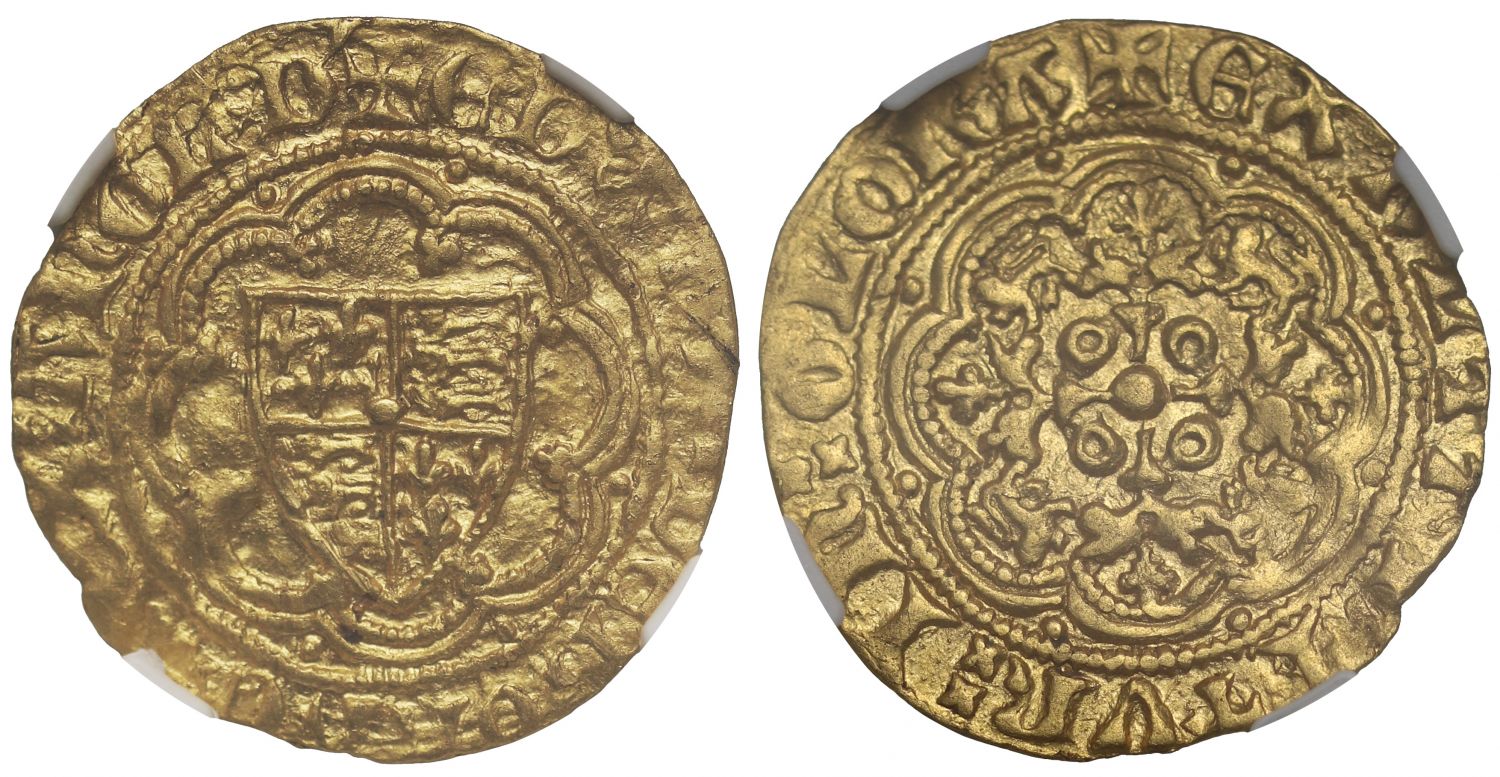
This quarter noble gold coin, dating back to the 1420s during King Henry VI’s reign, surpasses the age of the previously discovered “half groat” coin from the 1490s found at the Cupids Cove Plantation provincial historic site. Given its status as the oldest coin discovered in Canada, the exact location of its discovery has been kept confidential for security reasons. Brake mentioned that the coin was found on a beach near a registered archaeological site from the 1700s.
Paul Berry, the former curator of the Bank of Canada’s Currency Museum, noted that the mystery of how the medieval coin ended up where it was found is likely to persist. While the coin was probably no longer in circulation when it was lost, this fact does not clarify how it got there. Berry suggests it was dropped after it was out of circulation, whereas archaeologist Brake posits it might have been dropped before Italian explorer Cabot’s arrival in 1497 AD.
Who Rediscovered North America? Elite Explorers or Fishermen?
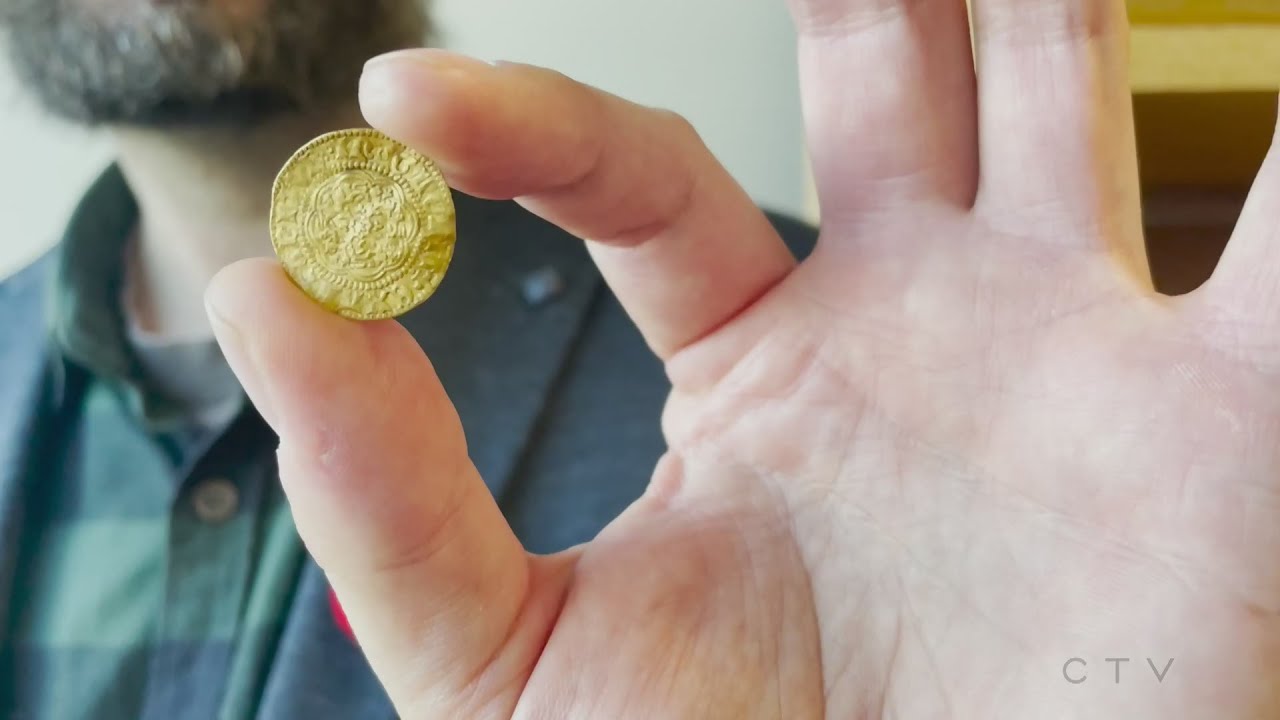
According to Newfoundland Heritage, in 1481 AD, English merchant John Day sailed one of two Bristol ships, the George and the Trinity, in search of the mythical island known as Brasile. The two boats, suspiciously loaded with salt, may have discovered the cod-filled Grand Banks of Newfoundland, one of the world’s richest fishing grounds. In a letter to the anonymous “Lord Grand Admiral,” believed to be Christopher Columbus, Day claimed that the land John Cabot discovered was “the mainland that the Bristol men found” in 1481. It is thought that Day kept the discovery of these abundant fishing grounds a secret.
Could one of the many Bristol merchants and navigators who sailed the western seas before Cabot have landed in Newfoundland? Did they perhaps acquire an item from an indigenous trader and leave a gold coin behind? While many questions remain, this medieval coin might be the crucial evidence of pre-Cabot European presence in North America.
Conclusion
The discovery of a medieval gold coin in Newfoundland has the potential to rewrite the history of North American exploration. If proven that Europeans were in Newfoundland earlier than currently believed, this coin could challenge the mainstream narrative and demand a reevaluation of historical accounts. The debate continues, and the implications of this discovery may lead to a new understanding of North America’s past.
